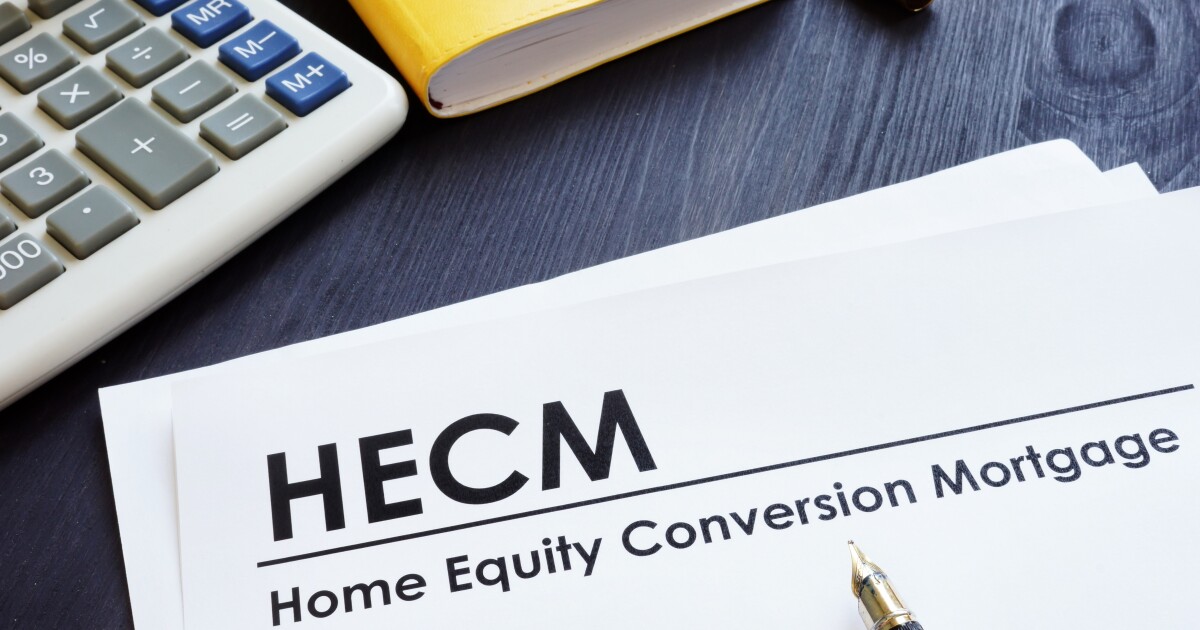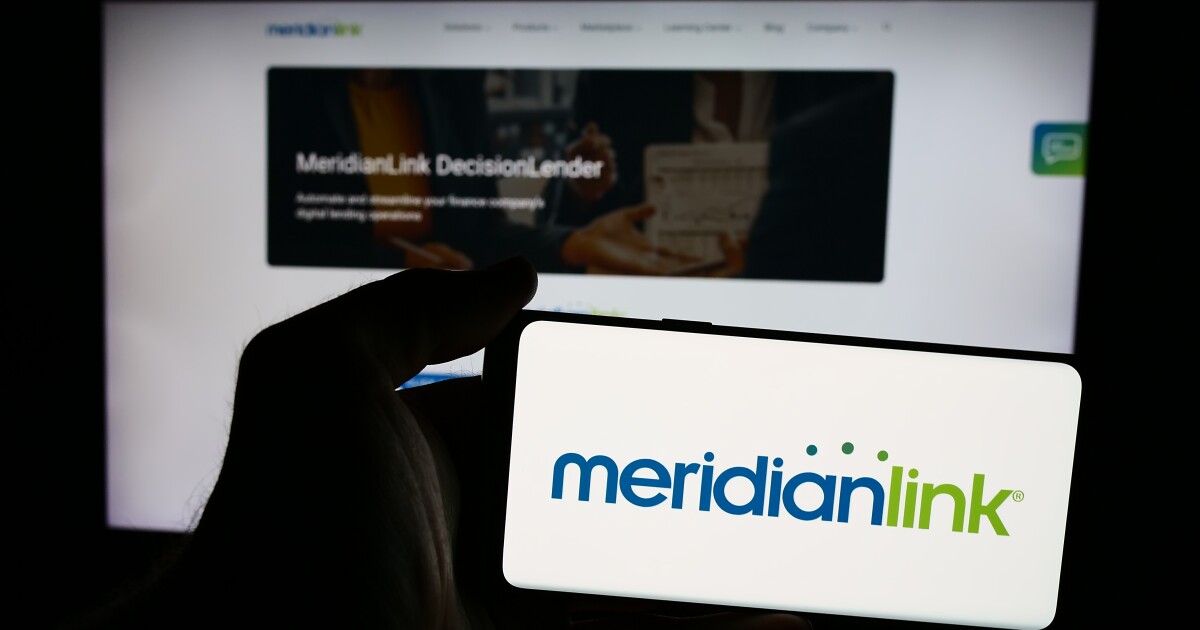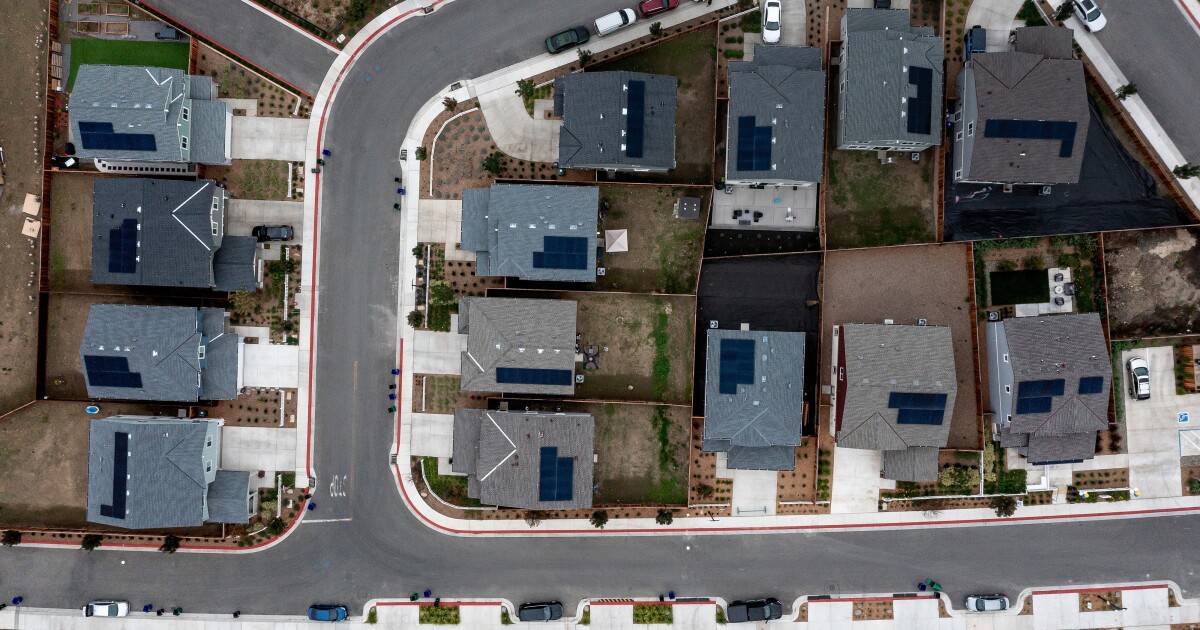
Beginning Oct. 1, the federal insurer of government-backed mortgages will permit issuers to offer securitizations on multiple participations — or borrower drawdowns on available equity — per HECM per month. Current rules allow for only one securitization per loan in any monthly period based off a single participation.
The move is expected to reduce liquidity pressures on issuers of HECM mortgage-backed securities and ensure the loan program remains viable and sustainable, according to Ginnie Mae. The present policy meant issuers would need to wait as long as a month between the time of a HECM participation and securitization, requiring them to rely on various financing vehicles or their own capital to fund the reverse-mortgage disbursements to borrowers. Under the new regulations, the loans can be securitized and pooled as soon as they are ready.
"Our goal is to improve Issuer liquidity and strengthen this important program for America's seniors," said Ginnie Mae President Alanna McCargo in a press release.
"Ginnie Mae's HMBS program changes will enable Issuers continuous access to capital market sources of funding to securitize HMBS participations throughout the month," she said. HECMs are offered through the Federal Housing Administration and provide older homeowners access to their accrued equity.
Liquidity risks related to HECM and similar reverse-loan programs came under heightened scrutiny at the beginning of this year following the November 2022 bankruptcy of Reverse Mortgage Funding, previously one of the leading originators of the product. Following RMF's shutdown, Urban Institute issued a report this year pointing to some of the flaws in the design of the HECM program that helped lead to RMF's failure and could put others in the industry at risk.
Once new regulations are introduced in October, issuers will be bound by additional requirements when it comes to pooling more than a single participation from a HECM. Each securitized participation must be in sequential order and only one per HECM will be permitted in a securitization pool. Prior pools including other participations on the loan must also be issued before a new securitization can be issued.
Additional pooled participations coming from disbursements occurring after the first of the month will owe interest for the entire 30-day period to security holders as well.
The failure of Reverse Mortgage Funding initially led Ginnie Mae to seize and take over the company's servicing in late 2022. Earlier this year, the agency, which is an arm of the Department of Housing and Urban Development, also updated requirements for securitized HMBS pools, reducing the minimum size to $250,000 from $1 million. Ginnie Mae cited risks posed by the current level of interest rates and economic pressures as reasons behind the move.



